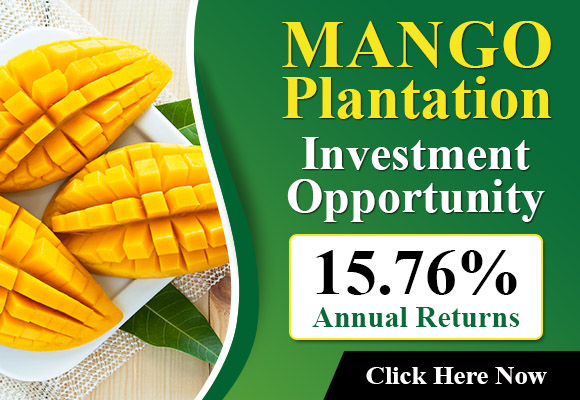There is a wealth of opportunities to sell US exports of agricultural products towards South Korea. South Korea is the sixth largest market for exports to the United States, thanks in part due to the trading agreement (KORUS) between the two nations.
Although US imports of food products into South Korea were at record amounts for the last two years, the expectations for 2023 have been tempered. However the future outlook of South Korea is more positive to 2024 and beyond. There are the expectation that a recovery in economic activity in China could provide some boost for South Korean exports, and investment and private consumption is expected to increase gradually.
Vegetables, fruits and nuts
South Korean frozen/processed vegetable imports increased to $1.5 billion in 2022. This is an increase of 15 percent over the year before. Prepared and frozen potatoes as well as cassava and sweet corn comprise majority of imports. China is the biggest source of processed vegetable and has the market with a share of 57 percent. In contrast, the United States is the second largest producer, holding the market’s share of 14 percent. US frozen goods that have the tariff rates eliminated comprise peas, potatoes, beans,, bamboo shoots and carrots. Olives, prepared or cooked vegetables peppers, capers as well as mushrooms, enter South Korea duty-free after their tariffs were eliminated. Tariffs on fresh and pre-cooked garlic will be phased out by 2026.
By 2022 South Korea imported $234 million worth of citrus goods worldwide including $193 million that originated via United States. United States. Other major suppliers are Australia as well as South Africa. South Korea imports mostly oranges as well as grapefruits, lemons and. Domestic production of citrus (mostly mandarins/tangerines) on Jeju Island remains substantial. The tariffs on US citrus fruits, grapefruit oranges, citrus aurantifolia angustifolia, and other oranges that are imports between March 1 to the 31st of August have been reduced.
Source: fas.usda.gov
Source: The Plantations International Agroforestry Group of Companies
